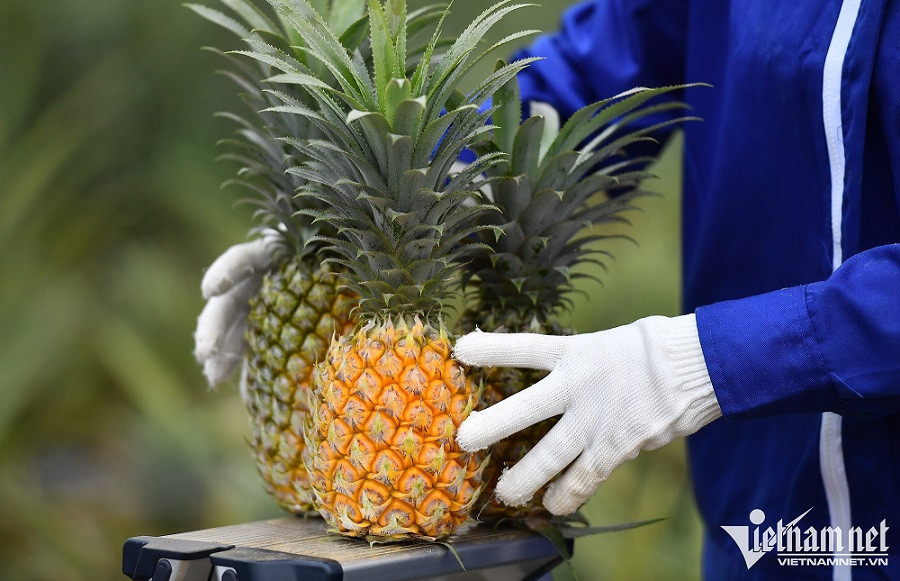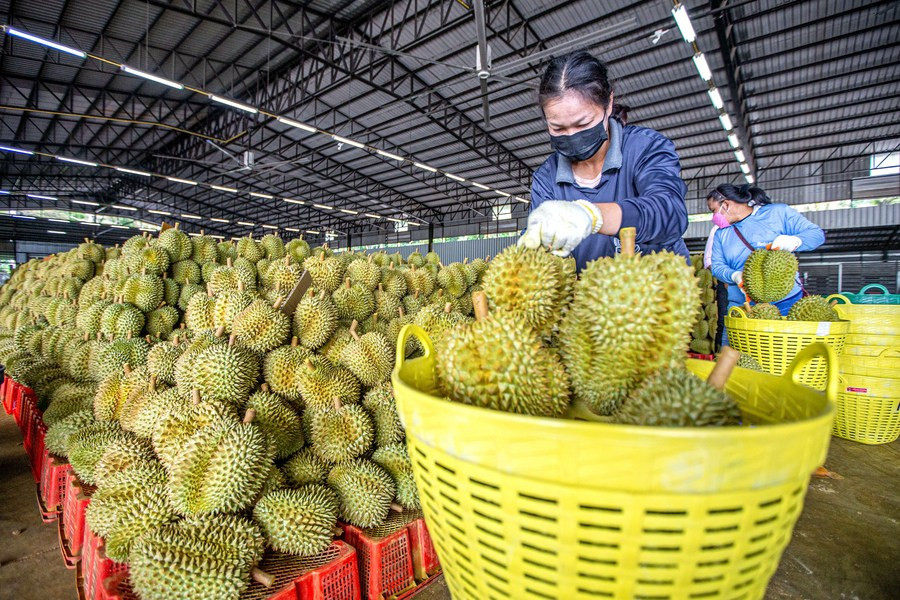A new regulation from China has cost Vietnamese fruit and vegetable exporters nearly 5,000 billion VND (around $205 million) in revenue, while in Thailand, a heated debate erupted between two ministers over a rejected durian shipment.
Vietnamese fruit and vegetable exports plummet

According to preliminary data from the General Department of Customs, as of March 15, Vietnam’s fruit and vegetable exports reached only $896.7 million, down about 13% from the same period last year.
China remains the largest export market for Vietnamese fruits and vegetables, accounting for 55-65% of the total export value at various times. Major products like mango, banana, and durian rank second in export volume to China - the world’s largest fruit and vegetable consumer.
However, in the first two months of this year, exports to China amounted to only $305.7 million, a sharp drop of 39% compared to the same period last year. This means that in just two months, Vietnamese fruit and vegetable exporters lost about 4,990 billion VND (around $205 million) in the Chinese market.
Tighter controls after chemical contamination
The primary reason for the decline is that Chinese customs authorities detected Auramine O - a hazardous chemical linked to cancer in both animals and humans - in imported durians from Thailand. In response, Chinese authorities introduced a new regulation requiring 100% of durian shipments to be inspected for Auramine O in addition to the usual cadmium testing.
This led to hundreds of durian containers being stuck at border checkpoints earlier this year. Many businesses were forced to complete non-Auramine O certification and obtain cadmium compliance documents before being allowed to clear customs.
Dang Phuc Nguyen, General Secretary of the Vietnam Fruit and Vegetable Association, noted a sharp decline in durian exports in the early months of the year. China continues to inspect 100% of imported durian shipments for Auramine O and cadmium.
Vietnamese products, on the other hand, are subject to sampling inspection at a certain rate, and Chinese authorities may recheck at the border. If products do not meet standards, they are returned. This has impacted not only fresh durians but also frozen products, causing many businesses to hesitate before re-entering the market.
Nguyen Dinh Tung, CEO of Vina T&T, shared that fresh coconut is currently the main export to China. As for fresh durian, the company has not resumed exports and is taking steps to ensure thorough preparation to minimize risks. Since each container of durian is worth several billion VND, a rejected or destroyed shipment would result in significant losses, Tung admitted.
Tension rises between Thai ministers

Meanwhile, in Thailand, China’s decision to tighten Auramine O inspections and reject 64 tons of Thai durian sparked a heated argument between the Minister of Commerce and the Minister of Agriculture and Cooperatives during a cabinet meeting on March 18.
Despite the intense debate, both ministers aimed to maintain Thailand’s position as a leading durian exporter to China.
In recent years, Thailand and Vietnam have become the two largest durian suppliers to China. To preserve its competitive edge, Thailand’s policymakers are striving to balance regulatory compliance with maintaining export competitiveness.
Following the meeting, the Ministry of Commerce pledged to coordinate and resolve the issue, demonstrating Thailand’s commitment to strong export potential.
Vietnam takes proactive measures
Following the situation, Vietnamese authorities quickly coordinated with Chinese agencies to resume durian exports. The Ministry of Agriculture and Environment announced a list of nine testing laboratories jointly recognized by Vietnam and China as meeting certification standards.
With these certified labs in place, export activities have resumed, and durian prices are gradually recovering. However, due to a sharp decline in export volume to China in the early months of this year, the Vietnam Fruit and Vegetable Association predicts that achieving the 2025 export target of $8 billion will be challenging.
Tam An